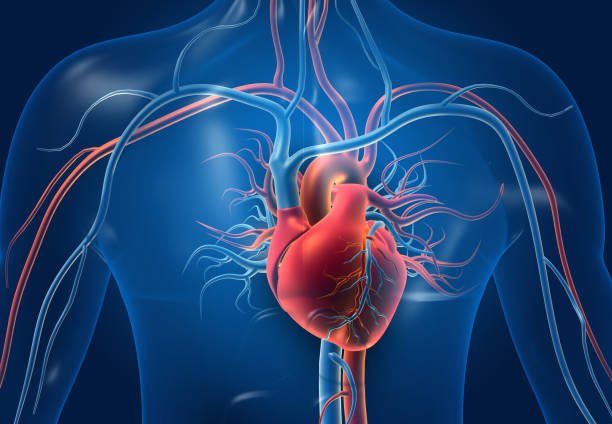Scientists discover a gene that could repair the heart after a heart attack and regenerate tissue: 'New strategies to renew damaged organs'

A team of researchers from the Lewis Katz School of Medicine at Temple University in Philadelphia (USA) has identified a promising mechanism for regenerating damaged heart tissue after a heart attack.
The study, recently published in the journal Theranostics, focuses on the PSAT1 gene , which plays a crucial role during embryonic development but remains virtually inactive in the adult heart.
By administering a synthetic version of modified messenger RNA (mdRNA), scientists were able to reactivate this gene in injured mouse hearts, achieving significant improvements in cardiac function, cell proliferation, and blood vessel formation.
This strategy represents a significant advance in the development of regenerative therapies for diseases such as ischemic heart disease, one of the leading causes of heart failure worldwide.

Researchers have managed to reduce scarring and enlarge blood vessels in heart tissue. Photo: iStock
According to Raj Kishore, Ph.D., the Vera J. Goodfriend Professor of Cardiovascular Research at Temple, “PSAT1 is a gene that is highly expressed during early development, but it is virtually silenced in the adult heart. We wanted to explore whether reactivating this gene in adult heart tissue could promote regeneration after injury.”
To test this hypothesis, the researchers synthesized a modified version of the gene (PSAT1-modRNA) and injected it directly into the hearts of adult mice immediately after a heart attack. The goal was to activate regenerative signaling pathways related to cell survival, proliferation, and angiogenesis , which are normally present only during embryonic stages.

PSAT1 is regulated by YAP1 and activates key pathways for heart regeneration. Photo: iStock
The results obtained in animals treated with PSAT1-modRNA were compelling. A substantial increase in cardiomyocyte proliferation, a reduction in scar tissue, a significant improvement in the formation of new blood vessels, and an increase in cardiac function and overall survival compared to untreated animals were observed.
From a biochemical perspective, PSAT1 was shown to activate the serine synthesis pathway (SSP) , a metabolic network essential for nucleotide production and cell protection against stress. Activation of this pathway reduced both DNA damage and oxidative stress, two factors closely linked to cell death after a heart attack.
Complementary research identified that PSAT1 is regulated by the transcriptional factor YAP1, known for its role in activating regenerative signals. In turn, PSAT1 induces the nuclear translocation of the protein B-catenin, which is key to the cell cycle reentry process in cardiomyocytes .
One of the study's most significant findings was that blocking the SSP pathway abolished the positive effects of PSAT1, highlighting its central importance in cardiac tissue repair . "Our findings suggest that PSAT1 is a key regulator of cardiac repair after injury. By activating PSAT1 via mRNA, we can drive regenerative programs in the heart that would otherwise be inaccessible in adult tissues," Kishore said.

Blocking SSP eliminates the positive effects of the PSAT1 gene on the heart. Photo: iStock
The study not only opens a new line of research in regenerative cardiology, but also highlights the potential of messenger RNA as a therapeutic tool.
Unlike virus-based gene therapies, mRNA does not integrate into the genome, which reduces the risk of long-term adverse effects and offers greater flexibility for temporary and localized genetic manipulation . "This study presents a new therapeutic avenue for ischemic heart disease. It opens the door to further exploration of mRNA-based strategies to regenerate damaged organs," the researcher added.
The next steps in the research will focus on evaluating the safety, duration of therapeutic effects, and optimization of PSAT1 administration in larger animal models. Researchers are also seeking to improve control over the timing and location of the gene's expression, all of which are essential for its eventual clinical application.
Although the research is still in the preclinical stage, Kishore concluded, “While this work is still in the preclinical phase, it represents a transformative step toward therapies that not only treat heart failure, but also help prevent it by repairing the heart at its source.”
More news in EL TIEMPO *This content was rewritten with the assistance of artificial intelligence, based on information published by Europa Press, and reviewed by the journalist and an editor.
eltiempo





